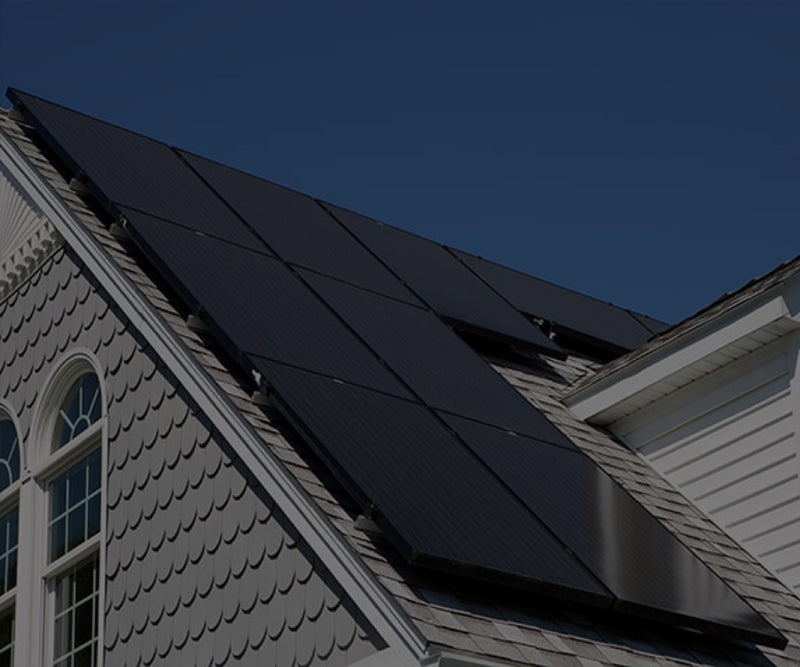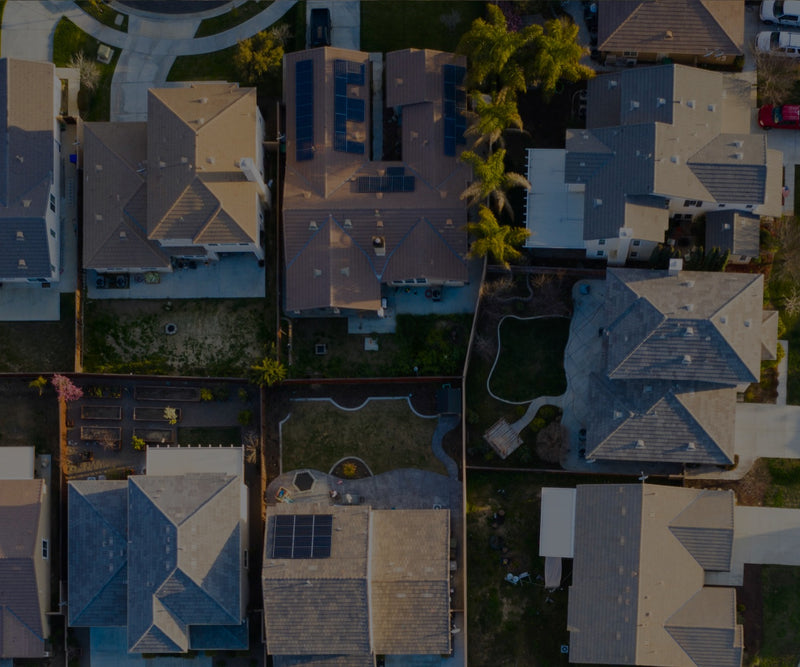
Going Solar
Is Solar Right For You?
From making the decision to how to start
Designing & Shopping for Solar
Customize Your Solar Solution:
Expert tips for designing & shopping for solar
DIY Solar Installation
Take Control of Your Solar Journey:
A complete guide to DIY solar installation
Care
Sustain Your Solar System:
Pro tips for long-lasting solar performance
Going Solar
-
Solar Energy Glossary
Learn more
-
Benefits of Solar Energy
Learn more
-
Is DIY Solar Worth It: Pros & Cons
Learn more
-
The Cost of Solar System Installation
Learn more
-
Is Your Home a Good Candidate for Solar?
Learn more
-
What Is Net Metering & How Does It Work?
Learn more
-
Solar Incentives, Rebates, & Tax Credits
Learn more
-
Should You Buy or Lease Solar?
Learn more
-
How to Calculate Payback Period & Roi
Learn more
-
Required Solar Permits & How to Obtain Them
Learn more
-
The Solar Interconnection Process Explained
Learn more
-
Passing Solar Inspection
Learn more
-
Off-Grid Load Calculator
Learn more
-
How Many Solar Panels Do I Need?
Learn more
-
Solar System Questionnaire: Find the Right System for You
Learn more
Designing & Shopping for Solar
-
How to Size a Grid Tie Solar System
Learn more
-
How to Size an off Grid Solar System
Learn more
-
Components of Solar Systems
Learn more
-
How to Choose the Right Solar System
Learn more
-
The 3 Types of Solar Systems Explained
Learn more
-
Ground Mount Vs. Roof Mount: What’s Better for You
Learn more
-
Types of Solar Inverters
Learn more
-
Types of Solar Batteries
Learn more
-
How Many Solar Batteries Do You Need?
Learn more
-
How to Choose a Solar Battery Backup System
Learn more
-
How to Choose the Right Installer
Learn more
-
The Best DIY Solar Kits
Learn more
-
The Best DIY Solar Kits with Batteries
Learn more
-
How to Compare Quotes
Learn more
DIY Solar Installation
-
DIY Grid Tie Solar System Installation Guide
Learn more
-
DIY off Grid Solar System Installation Guide
Learn more
-
The Complete DIY Solar Installer Tool List
Learn more
-
Tips for DIY Solar System Installation
Learn more
-
Tips for DIY Solar Panel Mounting Rails Installation
Learn more
-
Tips for DIY Electrical Installation & Wiring
Learn more
-
Tips for DIY Ground Mount Solar Installation
Learn more
Care

Solar Calculator

Which Solar Kit Do I Need?
GET STARTED WITH SOLAR
WE’LL HELP YOU FIGURE OUT YOUR SOLAR NEEDS!
Fill out the form for a complimentary solar quote that includes a custom satellite layout, system design and a breakdown of total project cost and estimated savings.
